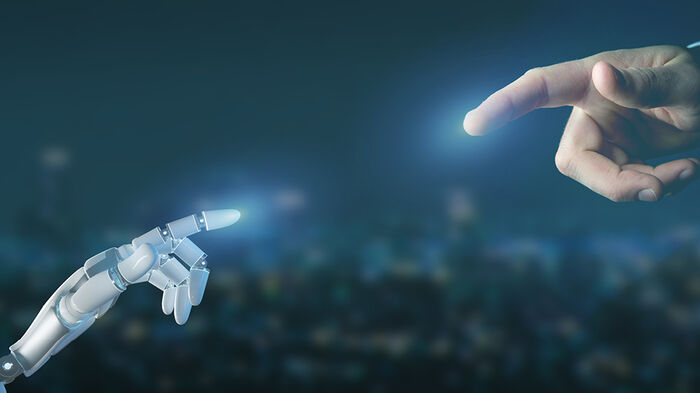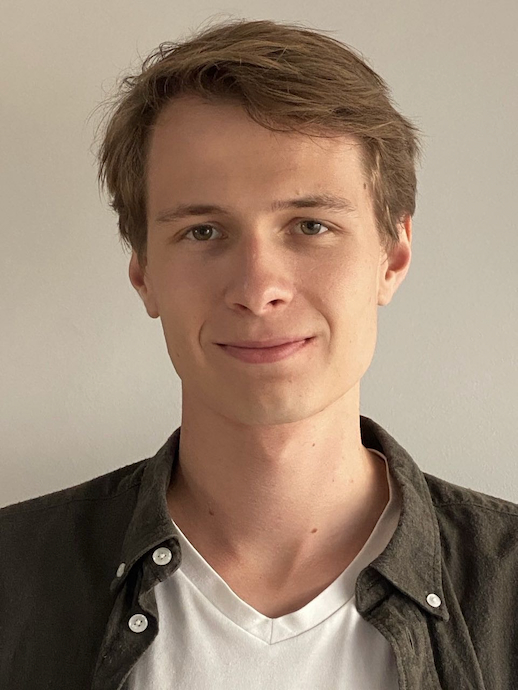Previous events - Page 7
University of Oslo and University of Gothenburg invite to an informal workshop within machine learning with a focus on statistical aspects related to Machine Learning.
Welcome to our GEOHYD Lunch Seminar Friday 15th of March @ 12:15 in Aud. 1, Geology building or via videolink using Zoom. The seminar is held by Pragay Shourya Moudgil (UiO).
Bone stress injuries affect athletic populations who undertake activities in which bones are repeatedly loaded. In order to understand and reduce the risk of bone stress injuries, we need to quantify the loading experienced by the bones during activities such as running. Bone loading is difficult to quantify as the magnitudes of stress are influenced to a large extent by the magnitude of muscular forces acting on the bone. Musculoskeletal modelling, ranging from very simple to very complex approaches, can be used to estimate the internal loading experienced by the bone during running. This has allowed us to explore factors such as speed, slope and step length and their influence on bone loading during running. However, in order to truly understand risk of stress injuries this needs to be taken out of the lab and in-field. This talk will consider what we know and the limitations to current understanding.
Cheng-Zong Ruan, Institute of Theoretical Astrophysics, University of Oslo.
Is it difficult to set aside time to write? The Academic Writing Centre organsises structured writing sessions for PhDs and Postdocs.
Gromov—Witten invariants are virtual counts of curves with prescribed conditions in a given algebraic variety. One of the main techniques to study Gromov—Witten invariants is degeneration. The degeneration formula expresses absolute Gromov—Witten invariants in terms of relative Gromov—Witten invariants of algebraic varieties with tangency conditions along boundary divisors.
Relative Gromov—Witten invariants with only one relative marking are relative invariants with maximal contacts along the unique relative marking. The local-relative correspondence proved by van Garrel—Graber—Ruddat states that genus zero relative invariants with maximal contacts are equal to local Gromov—Witten invariants of a line bundle. Local invariants are usually easier to compute. However, The degeneration formula usually involves relative invariants beyond maximal contacts (i.e. with several relative markings). I will explain a generalization of the local-relative correspondence beyond maximal contacts, hence determine all the genus zero relative invariants that appear in the degeneration formula.
This is based on joint work with Yu Wang.
Assoc. Prof. Tor Ole B. Odden, CCSE, UiO
Title: Improving understanding of Arctic-boreal greenhouse gas budgets through integrated, community-driven, research.
Speaker: Jennifer Watts, Woodwell Climate Research Center
SPARK Norway Educational Forum are monthly open meetings organized by UiO:Life Science and SPARK Norway partners.
Qombine seminar by Joakim Bergli, Department of Physics (UiO)
The climatic ocean wave spectrum serves as a pivotal tool in comprehending the long-term characteristics and variations of wave patterns across different regions of the world's oceans. The presentation explores the methodologies employed to derive wave spectra from observational data. Basically, consists of a statistical approach that provides a quantitative understanding of the variability and extremes of wave conditions. In essence, an ocean wave spectrum is a representation of the distribution of energy among different wave frequencies and wavelengths. So, engineers rely on this valuable information to mitigate risks and design solutions that can withstand the dynamic forces of ocean waves. However, it is necessary to present such information in a robust and practical mode to better comprehend the variations. In this way, a robust and resistant approach will be presented to define such variabilities, thus reducing uncertainties and representing the climatic wave spectrum in a compact and informative way.
Velkommen til BioTorsdag på en tirsdag. Foredraget er ved professor Kåre-Olav Stensløkken, Institutt for medisinske basalfag ved UiO.
Christopher (Chris) Spiers is Emeritus Professor at the High Pressure and Temperature Laboratory in the Department of Earth Sciences (Faculty of Geosciences) at Utrecht University
Lisa M. Buschmann will defend her thesis "Ionospheric plasma structuring at high latitudes. Studies with in-situ measurements by sounding rockets and satellites" for the degree of Philosophiae Doctor at the University of Oslo, Faculty of Mathematics and Natural Sciences.
Mohammad Amin Razbani will defend his thesis “Numerical Modelling of Mineral-Microbe Interactions
Investigation on microbially induced calcium carbonate precipitation” for the degree of Philosophiae Doctor at the University of Oslo, Faculty of Mathematics and Natural Sciences.
Welcome to our GEOHYD Lunch Seminar Friday 8th of March @ 12:15 in Aud. 1, Geology building or via videolink using Zoom. The seminar is held by Inger Bij de Vaate (UiO).
Future robots need to be robust and adaptable, and new design approaches are needed for new production methods. I will talk about my research in using evolutionary algorithms and biologically inspired methods with the aim of having more intelligent, robust, and adaptive behavior in robots. I will give a short introduction to some of the algorithms and show how we apply them in our robotic platforms for exploring automatic design and adaptation.
Frode Kristian Hansen, Cosmology and Extragalactic Astronomy research group, Institute of Theoretical Astrophysics, University of Oslo.
Lecture by John Lennox, Professor Emeritus of Mathematics at the University of Oxford and Emeritus Fellow in Mathematics and the Philosophy of Science at Green Templeton College, Oxford.
Doctoral candidate Edvard Aksnes at the Department of Mathematics will be defending the thesis Tropical homology manifolds for the degree of Philosophiae Doctor.
Title: Influence of recent past, current and near-term future aerosol emission trends on global warming rates
Speaker: Annica Ekman, Stockholm University
C*-algebra seminar by Gaute Schwartz (University of Oslo)
The conference seeks to bring together researchers to focus on the interaction of medical, legal and lay understandings of phenomena that are highly topical and political, namely rape and abortion.
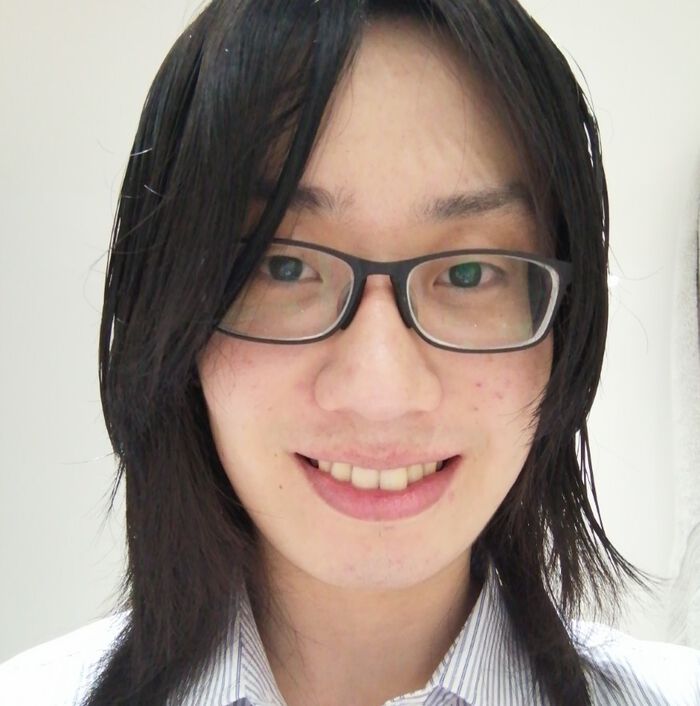


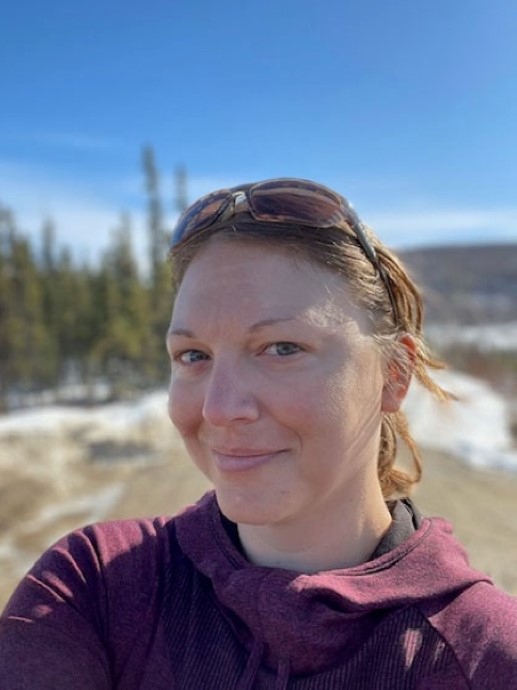
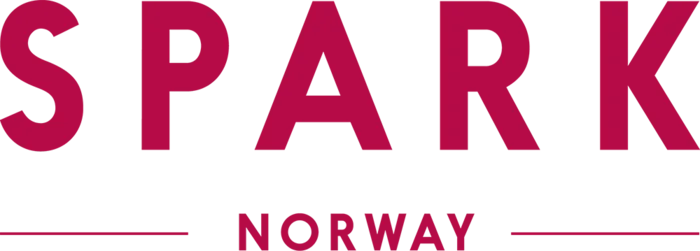
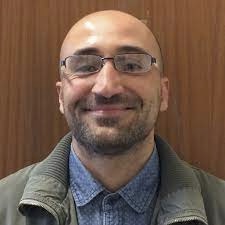
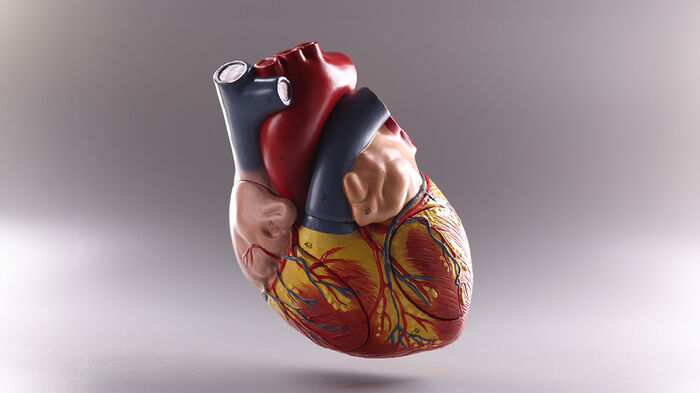
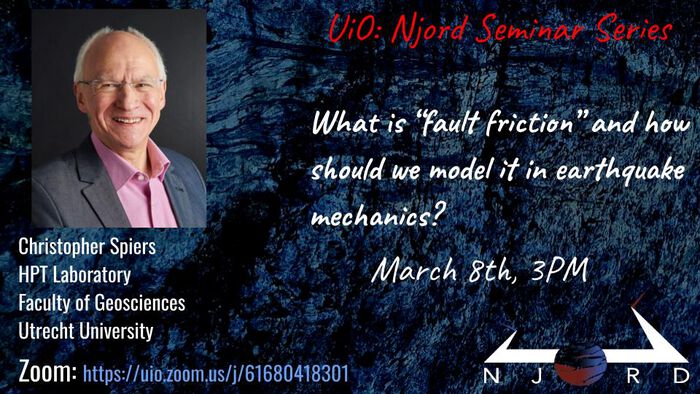
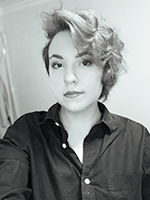
.jpg?alt=listing)
